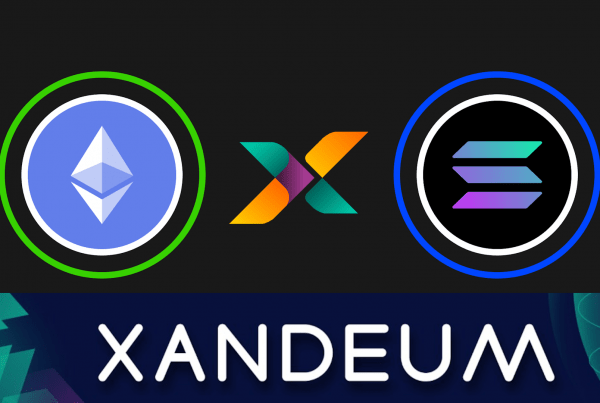
Dancing. Playing. Gambling. Not many other activities that we can trace back to the dawn of civilization are present, to this day, across many cultures. Yet, unlike dancing or playing, our society stigmatizes the practice of gambling. It is, after all, risky by definition, with the undeniable societal and personal dangers that any addictive activity brings to the table.
Online gambling, in particular, has a bad reputation: ever-present, widely available, hard to oversee, and more appealing to a younger audience, it has an inarguable potential to be harmful if done irresponsibly. But its reputation may be undeserved, especially if put in perspective with yet another activity that appeals to our youth: online gaming.
Video games are not without their critics – the media has a particular fondness for speculating on how the violence and gore in first-person shooters can desensitize teenagers. However, our society as a whole accepts them as a more innocuous past-time than gambling. But video games can also be highly addictive, and they are certainly more similar to gambling than you may think.
Gambling in Gaming: an Overview
Firstly, video games – especially if played online – take advantage of randomized features that attribute rewards to players (hoping to keep them engaged) using systems akin to gambling. Perhaps the most infamous of these are loot boxes, such as those that power the Ultimate Team mode from the ever-popular Fifa game series. These are consumable virtual items that can be bought or earned in-game and award loot: random rewards of a variable value. You may get an extraordinarily coveted and expensive item or something virtually worthless – it’s a gamble.
And the connection with gambling doesn’t end there. Gambling itself is part of several popular video games, with titles like GTA5 even featuring fully-fledged casinos where players can gamble with virtual money, purchasable with real-life funds.
Those drawn to these random games that offer paid customization features – primarily young and technologically adept males with a disposable income – are also the target market for online gambling, which may explain why esports betting (with a similar core audience) is on the rise. The audience overlap is even more evident with crypto casino players, which are overwhelmingly young, tech-savvy, high-income, and male.
Blockchain Gambling – Capitalizing on Gamer Nostalgia
Blockchain casinos offering cryptocurrency payments understand this dynamic and tap into their core audience with arcade-like games. While uncommon at mainstream gambling sites, casino games inspired by nostalgic titles such as minesweeper are a trademark of many crypto casinos. Some rely heavily on so-called gamification features that give out achievements and small rewards; and offer titles that resemble platform or social media games more than they do traditional slot machines.
Newer trends within blockchain casinos blur the lines between gambling and gaming even further, with video-game-like features such as purchasable loot boxes, droppable rewards, and character customization options.
On the other side of the spectrum, video game companies have also discovered they can capitalize on this nearly symbiotic nature between video games and blockchain casinos. Gaming powerhouse Atari has recently ventured into the world of virtual casinos featuring cryptocurrencies with the recent launch of an Ethereum-based decentralized casino. The brand’s hopes for this project are nothing short of hopeful: they expect to see $400 million in bets over two years.
The Dangers of Unregulated Markets
While legitimate online casinos in regulated online markets operate within a strict set of marketing rules and restrictions, video games with gambling-like mechanics are highly unregulated and often allowed to target younger demographics.
It’s important to note that gambling features using in-game currencies – which players can often grind, that is, play to win instead of purchasing – don’t necessarily require an exchange of money. However, the potential for addiction is undeniable. The loot box market also moves considerable amounts of money, with skins (cosmetic items) from loot boxes on popular games like CS:GO selling for hundreds of thousands of dollars.
Consequently, the argument that gamble-like gaming isn’t really gambling feels thin and outdated. We could apply a similar logic to cryptocurrency-exclusive casinos in jurisdictions where they are not considered legal tender; or to gambling with meme coins worth a nearly insignificant (and ever-changing) amount of money. After all, if you are betting with tokens, not cash, are you really gambling? Or are you just playing a game?
One thing seems certain: the line between gambling and gaming is already so thin, it’s nearly invisible. As cryptocurrencies take a more prominent role in our lives, the two can become even more intertwined. If so – and it seems inevitable – we need more regulation protecting those at risk of addiction (especially the young), both for cryptocurrency casinos and video games with random features akin to gambling. Even then, we can only hope that the regulating entities are flexible enough – and fast enough – to catch up to the latest trends in an ever-evolving world.



